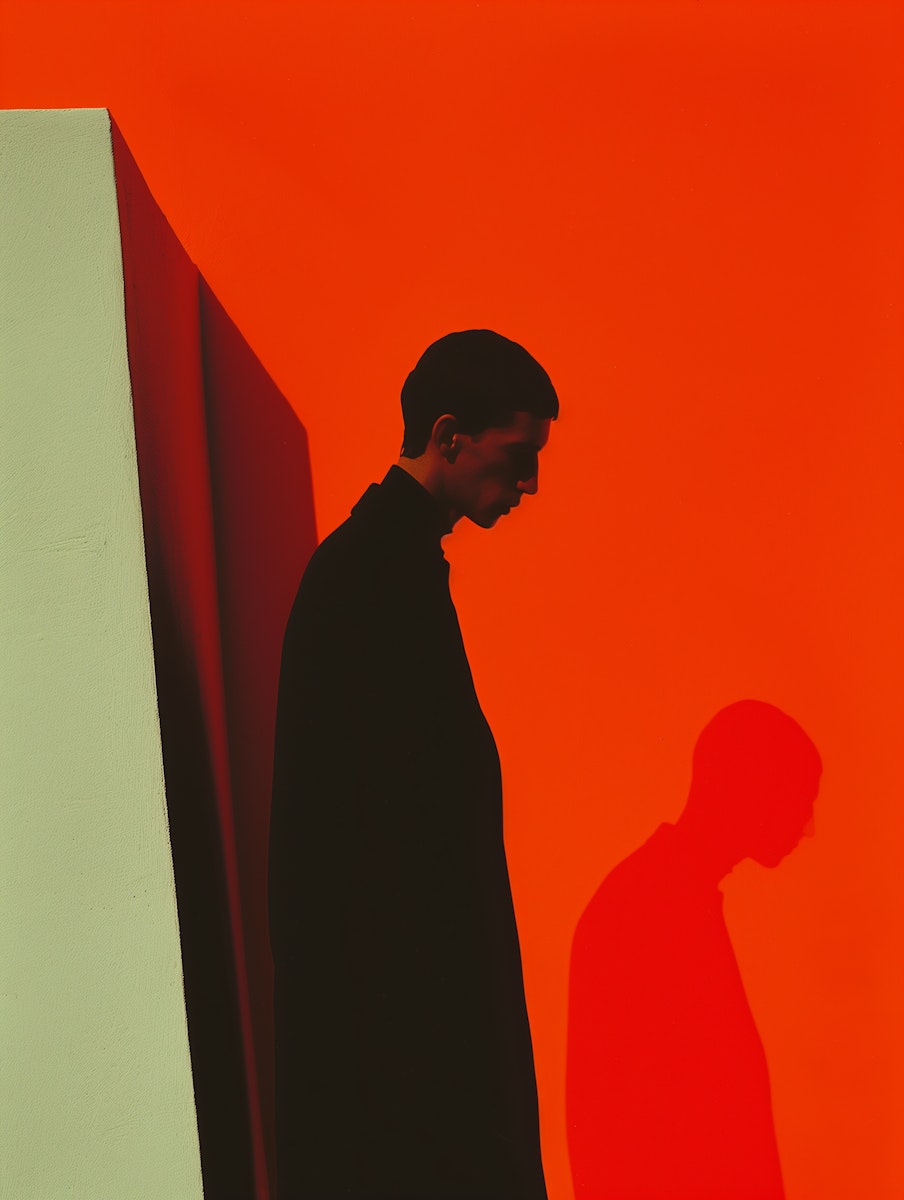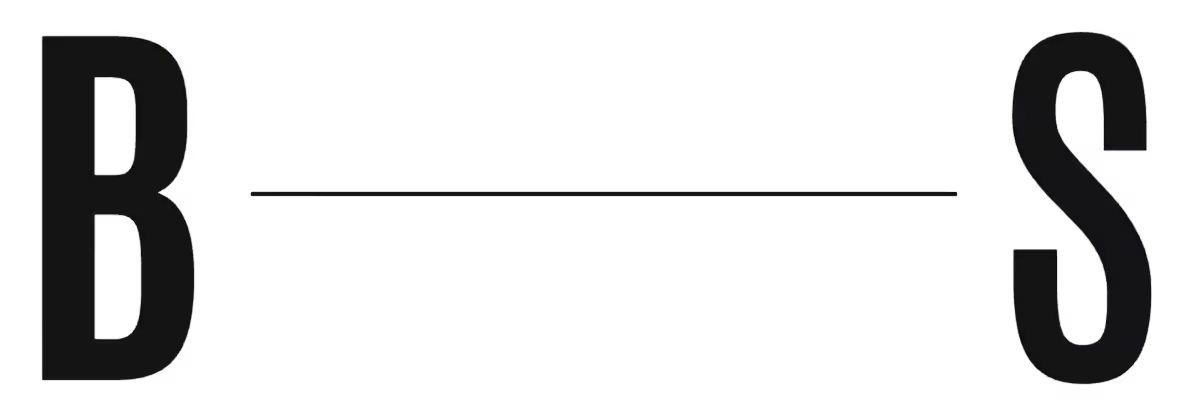
Why web design is important for business
28th of May 2025 | +11 minutes
User Experience (UX) design is the art and science of creating digital products that deliver meaningful, intuitive, and satisfying experiences. It encompasses the entire user journey, from initial interaction to long-term engagement, focusing on usability, accessibility, and emotional connection.
In 2025, UX design will be at the forefront of digital innovation, driven by advancements in artificial intelligence (AI), augmented reality (AR), virtual reality (VR), and voice interfaces. These technologies are reshaping how users interact with websites, apps, and other digital platforms, making UX design a critical discipline for designers and business leaders.
For web and graphic designers, UX design is a blend of creativity, empathy, and analytical thinking, requiring a deep understanding of user behaviour to craft seamless experiences. For business leaders, investing in UX design is a strategic move to differentiate products in a crowded market, enhance customer loyalty, and drive revenue. Research suggests that every dollar invested in UX can yield up to $100 in return, underscoring its significant business impact ([Forrester Research].
UX design is crucial for creating products that users love and want to continue using. Designers conduct user research, create wireframes and prototypes, and test designs to ensure they meet user needs. This blend of creativity and data-driven decision-making makes UX design both challenging and rewarding.
For business leaders, a strong UX design enhances user satisfaction, reduces turnover, and improves metrics like conversion rates and customer retention. As digital transformation accelerates across industries by 2025, sectors such as healthcare, finance, and government increasingly seek UX expertise to enhance their offerings.
The global digital transformation market is expected to reach $3.9 trillion by 2027, highlighting the demand for user-centric design. At Blank Street Studio, we understand the impact of UX design on business success and showcase how we've helped clients achieve their goals through exceptional user experiences.
The UX design landscape in 2025 is defined by powerful tools that enhance collaboration, prototyping, and AI integration, enabling designers to create more efficient and impactful workflows.

Figma remains the go-to platform for UX designers due to its cloud-based, collaborative environment. At Config 2025, Figma introduced Figma Draw, a suite of tools for enhanced visual expression, including advanced vector editing, text-on-a-path capabilities, and vector brushes. Additionally, Figma Make, an AI-driven feature, allows designers to transform static designs into functional prototypes and web apps without coding, streamlining the design-to-development process. These features make Figma a versatile tool for creating user flows, wireframes, and high-fidelity prototypes. However we at Blank Street Studio question if their relevance is fading, as we hardly ever use anymore.
Sketch continues to be a preferred choice for Mac users, offering powerful vector editing and an extensive plugin ecosystem. In 2025, Sketch introduced updates that improve real-time collaboration and prototyping capabilities, allowing teams to iterate quickly and maintain design consistency. Its user-friendly interface and support for reusable components make it ideal for crafting detailed user journeys.
New tools are gaining traction in 2025. Vasily leverages AI to generate wireframes and prototypes from text prompts, simplifying the early stages of UX design. Protopie enables high-fidelity prototyping with complex interactions, ideal for testing intricate user flows [Visily], [Protopie]. These tools cater to designers seeking innovative ways to accelerate their workflows.
While in maintenance mode, Adobe XD remains a viable option for designers within the Adobe ecosystem. It supports wireframing, prototyping, and collaboration and is integrated into Adobe Creative Cloud. However, with Adobe focusing on AI-driven tools like Firefly, many designers are transitioning to alternatives like Figma for cutting-edge features.
Google’s Material 3 Expressive, launched at Google I/O 2025, is a design language that enhances Android and Wear OS interfaces with vibrant colours, dynamic animations, and emotional design patterns. While primarily UI-focused, it influences UX by creating more engaging and intuitive interactions, guiding designers to prioritize user delight and accessibility ([Material Design].
The UX design landscape in 2025 is shaped by trends that emphasize innovation, inclusivity, and sustainability. These trends reflect evolving user expectations and technological advancements.

AI enhances personalization by predicting user behaviour and automating tasks like research and prototyping. This delivers tailored experiences while allowing designers to focus on creative problem-solving.
AR and VR enable spatial interfaces for gaming, education, and retail, with the market expected to hit $200.87 billion by 2030. These technologies create engaging experiences, though designers must ensure comfort to avoid user fatigue.
With over 50% of searches projected to be voice-based by 2025, VUIs offer hands-free convenience. This boosts accessibility and enhances interaction on wearables and smart devices.
Mandated by laws like the European Accessibility Act, inclusive design ensures usability for everyone. This broadens audience reach and meets global compliance standards.
Energy-efficient designs reduce the digital carbon footprint. This supports environmental goals and strengthens brand appeal among eco-conscious users.
Micro-interactions and personalized content spark positive emotions. This deepens user engagement and fosters stronger connections.
Analytics guide design choices based on real user behaviour. This refines usability and aligns solutions with actual needs.
Transparency and fairness, free of manipulative tactics, build trust. This encourages long-term user loyalty.
Seamless experiences across devices meet users’ multi-device habits. This consistency boosts satisfaction and usability.
Advanced tools streamline design workflows for distributed teams. This supports global collaboration and speeds up innovation.

Use AI-driven tools like Figma Make and Visily to automate repetitive tasks and generate data-driven insights, allowing more time for creative problem-solving.
Stay updated with accessibility standards like WCAG 2.2 and integrate inclusive design practices from the start to reach a broader audience.
Explore AR/VR design for innovative experiences, ensuring user comfort through iterative testing.
Use qualitative and quantitative research to understand user needs, validating designs through usability testing.
Ensure transparency in data usage and avoid manipulative practices to build trust with users.
UX design is the backbone of creating digital products that users find intuitive and enjoyable, while UI design focuses on the visual and interactive elements that bring UX to life. Together, they form a holistic user experience that directly impacts business outcomes.
A seamless UX reduces friction, increases user engagement, and improves retention rates, which are critical for revenue growth. For example, a well-designed e-commerce app with personalized recommendations and easy navigation can significantly boost conversion rates.
Additionally, UX design enhances brand reputation, fosters word-of-mouth marketing, and supports SEO by improving engagement metrics like time on site and bounce rate. To learn more about UI design and its role in digital products, read our comprehensive guide: [What is UI Design: A Comprehensive Guide for 2025].
UX design in 2025 is a dynamic field, blending creativity, technology, and user-centricity to create impactful digital experiences.
For business leaders, understanding and investing in UX design is crucial for building products that resonate with users and achieve business goals. Companies like Blank Street Studio are at the forefront of this evolution, integrating the latest UX trends and tools into their design processes.
To learn more about how Blank Street Studio can help your business thrive in the digital age, visit our [services page].
We are a Munich and Stockholm-based Brand and digital Experience Design Agency that delivers second-to-none experiences for forward-thinking brands and Startups with something to say.

